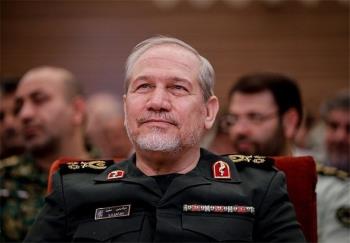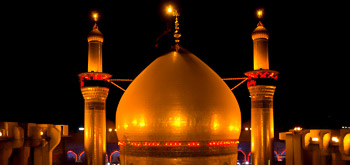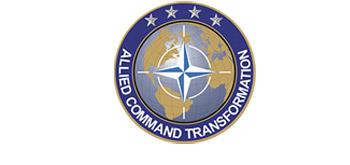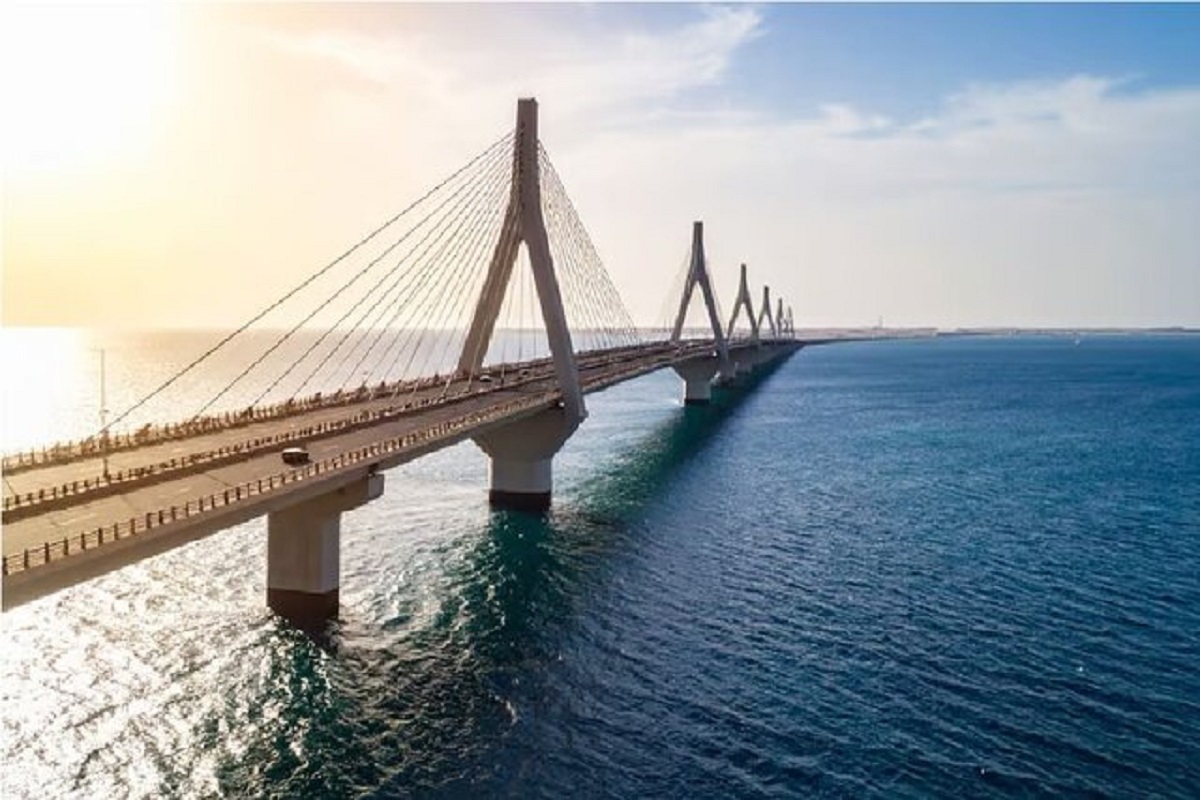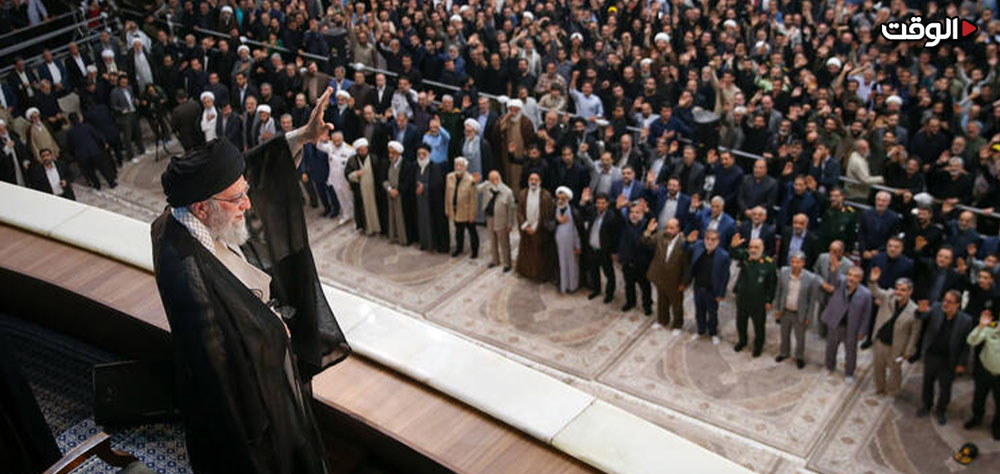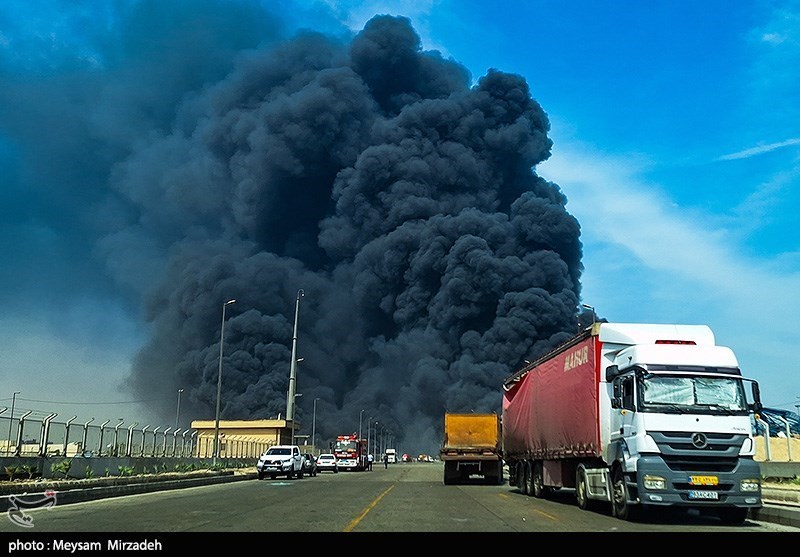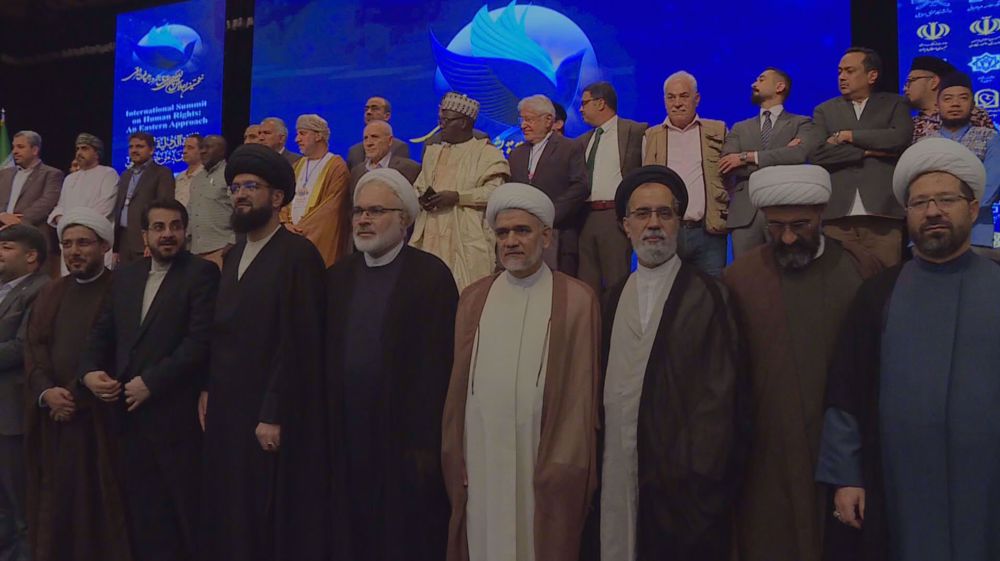Alwaght- Saudi Arabia and Egypt plan to build a sea bridge across the Red Sea to connect the two countries.
Though no official information have been published yet about the railway project, Reuters reported that Egyptian Transportation Minister Kamel al-Wazir has recently said that the planning for a bridge between Egypt and Saudi Arabia is concluded and his country is ready for its implementation at any time. He also referred to the possibility of building a tunnel instead of the bridge.
The project to build a railway between Egypt and Saudi Arabia is not new and was first proposed by Saudi King Salman in 2016. According to this plan, the resort city of Sharm el-Sheikh in Egypt is to be connected to Ras al-Sheikh Hamid in Saudi Arabia through a bridge that crosses the island of Tiran.
Egypt and Saudi Arabia are separated by the Red Sea, and the closest point between the two countries is the Strait of Tiran, whose narrowest channel is about 6.4 kilometers. The railway is part of a larger plan to connect land transport between the two countries and could be the first railway route between the Arab countries of Africa and Asia. Its technical studies have been completed and its construction cost is estimated at about $4 billion.
Connecting Neom city to world markets
The Saudi initiative for construction of a railway over the Red Sea is a dramatic development in regional infrastructure, indicating that there are aims beyond utter geographical connection.
Strategically, the project is part of Saudi Arabia’s efforts to realize Vision 2030 and reduce its economy’s dependence on oil. In recent years, the country has sought to create new economic centers and diversify its revenue sources by developing large-scale projects such as Neom in its northwest, but these projects will be of no avail without connection to global transportation networks and markets.
In this regard, the rail connection between Neom and Egypt will not only facilitate Saudi Arabia’s land connection to Africa, but also turn this technology-powered city into a new export gateway for Saudi Arabia. In addition to serving tourists, especially those heading to Neom, the bridge will connect to Egypt’s rail network and allow for easier shipment of cargo from east to west.
At a time the conflict in Yemen or the threat of closing Bab-el-Mandeb threaten the continuation of the free flow of trade through traditional routes such as the Persian Gulf and the Suez Canal, Riyadh is seeking to build a complementary route for its exports and imports with this project.
On the other hand, by advancing its railway connection to Egypt, Saudi Arabia is trying to define a parallel route or even an alternative to the India-Middle East-Europe Economic Corridor (IMEC) directly controlled by Riyadh. Though the Arab kingdom is an official partner to the US-proposed transit route, it is afraid of being isolated from this corridor especially compared the the key role of the UAE. So, the rail connection project serves as an instrument to redefine the Saudi place in the world trade map and to restore the control over vital regional routes.
Moreover, the Saudi-Egyptian railway can be seen as part of a larger plan to connect the Persian Gulf to the occupied Palestinian territories and Mediterranean ports. By building rail routes to Egypt, Riyadh is providing an indirect connection to the Israeli transport network, which is considered a prelude to normalization with Tel Aviv. This route can also be part of the IMEC in the future.
Establishing a land connection with Egypt also paves the way for greater strategic convergence with Cairo, at a time when Egypt is facing economic crises and needs support and investment from the Persian Gulf monarchies . This synergy can give Saudi Arabia effective influence in North Africa and provide leverage to influence vital routes such as the Suez Canal.
Saudi corridor competition with Turkey and the UAE
The kingdom's focus on enhancing the connection to the world markets using rail routes has to do with regional competition with other actors.
Riyadh, observing Turkey’s growing regional presence in East Africa and Sudan, appears intent on preserving a balance of power in the region. Turkey’s expanding economic and logistical footprint — including port agreements and military deployments — has drawn concern in Saudi circles. In response, the proposed establishment of a strategic railway corridor between Egypt and Saudi Arabia is being positioned as a means to boost Saudi economic influence along the Red Sea and serve as a counterweight to regional competitors.
The railway project also reflects broader competition between Saudi Arabia and the UAE over control of regional trade and transit routes. Over the past decade, the UAE has extended its reach by investing in key ports such as Doraleh in Djibouti and Berbera in both Somaliland and New Berbera in Eritrea, gaining significant leverage along critical maritime corridors bordering the Red Sea and the Indian Ocean.
Also, through control over Mocha and Aden in Yemen and investment to rebuild Tartus port in Syria, and transformation of its Jebel Ali port on the Persian Gulf coast into a regional trade hub, the UAE has established its position as a crucial center in the global transit network.
Understanding this reality, Saudi Arabia is trying to increase its share from world trade and, therefore, challenge the UAE in transit rivalry through a railway that connects to Egypt and the Mediterranean via the Red Sea.
Egypt’s return to historical position
Meanwhile, Cairo has multiple motivations for sharing the rail project with Saudi Arabia.
One of Egypt’s main concerns is the decline in revenues from the transit of goods through the Suez Canal as a result of competition with alternative corridors such as IMEC. If these new routes were to divert a significant portion of trade flows away from the Suez Canal, the Egyptian economy, which is heavily dependent on these revenues, would suffer.
In this regard, participating in the railway project with Riyadh would allow Cairo to position itself as an alternative hub for transporting Asian and African goods to Europe via its territory. Thus, a rail connection through Sinai to Mediterranean ports could reactivate its geographical significance.
In other words, through becoming a connection point between East and North Africa, Egypt wants to find an alternative to the revenues of the Suez Canal to stay safe to negative impacts should regional crises erupt, as the case has been over the past two years in Bab-el-Mandeb.
Domestically, this project by attracting foreign investments, enhancing employment, and boosting tourism can contribute to infrastructural development of less developed Sinai Peninsula. Experts view Strait of Titan as the vital artery of tourism and trade in southern Sinai and any threat to it directly impacts Nuwaibaa port and can stop the tourism investments, undermine marine trade, and intensify Egypt’s economic crisis. At a time Cairo is struggling with economic challenges and severe budget deficit, such a project can present an effective stimulus for economic growth and regional development.
It should be concluded that this railway over the Red Sea not only facilitates physical connection of the two countries, but also carries profound economic and political messages at a regional level. In a context the regional order is being redefined, such projects indicate that the future path of the region more than anything passes through strategic infrastructures and corridors.


